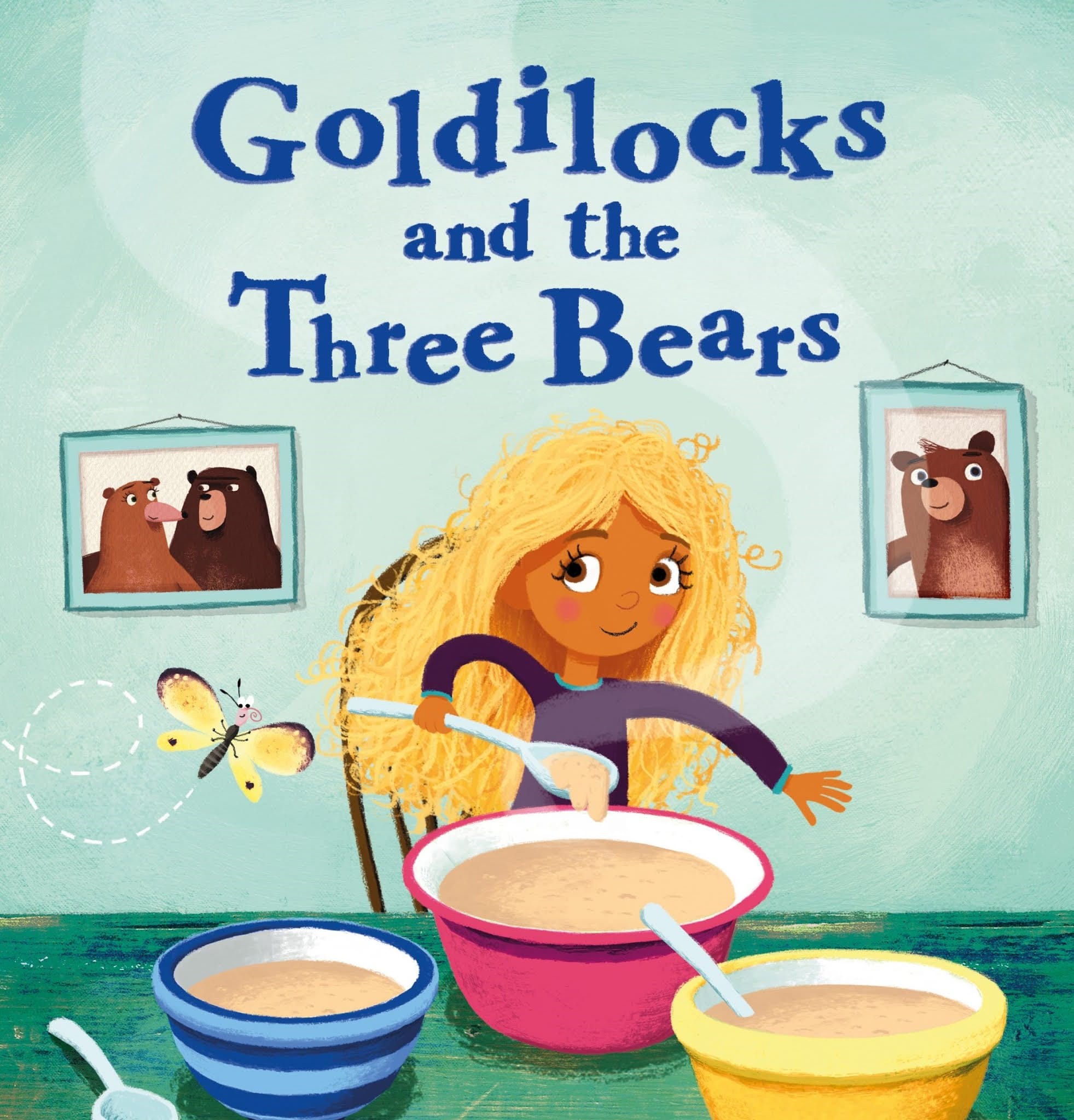Hey there, fellow story lovers! Ready to delve into the timeless tale of “Goldilocks and the Three Bears”? This classic isn’t just a children’s story; it offers valuable insights into respect, boundaries, and finding what’s “just right” in life. We’ve gathered a treasure trove of free PDFs and engaging activities to bring this beloved story to life, whether you’re an educator, parent, or simply a fan of fairy tales. So, settle in and get ready for an adventure with Goldilocks and her furry friends!
Exploring the Goldilocks and the Three Bears PDFs
The story of Goldilocks and the Three Bears has charmed generations. It’s a tale that continues to resonate, reminding us of the importance of kindness and respect. Now, thanks to readily available Goldilocks and the Three Bears PDFs, sharing this classic story is easier than ever. From simple read-alongs to interactive activities, you’re likely to find a version perfectly suited to your needs. Check out these amazing iceflags while you’re at it! They also have a rich history.
Printable Adventures: Stories and Activities
Imagine snuggling up with your child and exploring a beautifully illustrated Goldilocks PDF. Many free versions online offer vibrant images that capture a child’s imagination. These printable stories provide a convenient way to enjoy the tale anytime, anywhere. And for a more hands-on experience, look for PDFs with interactive activities like puzzles, coloring pages, and matching games, which reinforce learning through play. These activities might involve sequencing the story’s events or matching the bears to their belongings.
Classroom Resources: PDFs for Teachers
Teachers, you understand the power of storytelling in education. Goldilocks and the Three Bears PDFs offer a wealth of possibilities for classroom learning. Use comprehension questions to deepen understanding, sequencing activities to explore the story’s flow, and discussion prompts to encourage critical thinking. PDFs can be a springboard for discussions about character choices, themes, and even different versions of the story. They can help develop vital literacy skills and encourage social-emotional learning.
The Evolution of a Story: Exploring Variations
The story of Goldilocks, as we know it today, has evolved over time. It began as an oral tradition passed down through generations, with variations reflecting different cultures and eras. Some PDFs explore these fascinating adaptations, giving children a glimpse into the story’s journey through time. This exploration highlights how stories can change and adapt, potentially inspiring young writers to create their own versions.
Deeper Meanings: Psychological Insights
Beyond its charming narrative, Goldilocks and the Three Bears offers insights into human experiences like boundaries, belonging, and finding one’s place. Some PDFs delve into these psychological themes, adding another layer of understanding to this seemingly simple tale. These explorations demonstrate how even fairy tales can hold valuable lessons about the human condition.
Finding the Right PDF: A Quick Guide
Finding the perfect Goldilocks and the Three Bears PDF is easy! A quick online search reveals various options tailored to different reading levels and educational goals. Whether you’re looking for a basic story or an interactive experience, you’re likely to discover the ideal fit. Explore different illustration styles, story lengths, and accompanying activities. Some focus on basic reading comprehension, while others explore complex themes.
Here are some resources you can tap into:
- Godinton Primary School: Offers a 29-page PDF, likely with activities or rich illustrations (6MB).
- LearnEnglish Kids: Provides a shorter version combined with audio, ideal for English language learners.
- Story Museum: A downloadable PDF focusing on the core elements of the story.
- Internet Archive: Links to a potentially older, digitized version (14MB) – research needed for accuracy.
- Wordworks: Two similar PDFs, possibly different adaptations, one being a short two-page version.
Be mindful of copyright considerations when using downloaded PDFs.
The Moral of the Story: More Than Just Right
What’s the real takeaway from Goldilocks and the Three Bears? It’s a story rich in moral lessons, teaching us not just about a little girl and some bears, but also about respect, responsibility, and the consequences of our actions.
Goldilocks’s uninvited entry into the bears’ home highlights the importance of respecting boundaries and private property. Her helping herself to their porridge, chairs, and beds underscores the problems with selfishness. The bears’ distress reveals the importance of empathy, while Goldilocks’s flight without apology emphasizes the need for taking responsibility. Experts continue to analyze the tale and suggest some interpretations are focused primarily on consequences, while others emphasize societal norms and expectations.
| Lesson | How It’s Shown |
|---|---|
| Respect for Property | Goldilocks uses the bears’ belongings without permission. |
| Respecting Boundaries | Goldilocks enters the bears’ home uninvited. |
| Consequences of Selfishness | Goldilocks faces the repercussions of her actions. |
| Empathy | We see the bears’ upset at the invasion of their privacy. |
| Responsibility for Actions | Goldilocks doesn’t apologize for her wrongdoing. |
This seemingly simple story sparks reflection on our behavior. The story’s enduring appeal suggests that these lessons resonate across generations. While the main message probably centers on Goldilocks’s actions and their consequences, the bears’ lack of preparedness might also be a minor takeaway.
A Short Summary: Goldilocks’s Misadventure
Goldilocks, a curious girl, wanders into a seemingly empty cottage in the woods. This cottage belongs to three bears: Papa Bear, Mama Bear, and Baby Bear. Inside, she finds three bowls of porridge. The first is too hot, the second too cold, but the third is “just right,” so she eats it all.
She then tries their chairs. Papa Bear’s is too hard, Mama Bear’s too soft, but Baby Bear’s is just right – until it breaks under her weight. Upstairs, she finds three beds. Too hard, too soft… Baby Bear’s bed is just right, and she falls asleep.
The bears return, noticing the disarray. They discover Goldilocks asleep in Baby Bear’s bed. Startled, she jumps up and flees into the woods, likely never to trespass again.
| Element | Papa Bear | Mama Bear | Baby Bear | Goldilocks |
|---|---|---|---|---|
| Porridge | Too hot | Too cold | Just Right | Eats It All |
| Chair | Too hard | Too soft | Just Right | Breaks It |
| Bed | Too hard | Too soft | Just Right | Falls Asleep |
| Reaction to Goldilocks | Angry | Concerned | Upset | Scared |
This simple narrative can suggest deeper interpretations. Some experts believe it highlights respect for property and the consequences of trespassing. Others focus on the “just right” theme, symbolizing a search for what suits individual needs. Ongoing research analyzes the story from various perspectives. While questions remain about Goldilocks’s intent and the bears’ reaction, the story encourages thought about actions, consequences, and respect for others.
Goldilocks’s Famous Line: “Just Right!”
Goldilocks is instantly recognizable for her famous line: “Too hot! Too cold! Just right!” uttered while sampling the bears’ porridge. This phrase encapsulates her picky nature and the story’s theme of finding balance.
Her pickiness extends to the chairs and beds, further reinforcing her desire for perfect comfort, disregarding the bears and their home. And while the precise wording can vary across different versions of the story, this variation actually highlights its evolution over time. In some early versions, Goldilocks isn’t a little girl at all, but an elderly woman!
The story’s ambiguity regarding Goldilocks’s lack of apology adds to its complexity. Is she simply curious, spoiled, or symbolic of our human desire for perfection? The bears’ reaction, chasing her away, also sparks debate about appropriate responses to trespassing. This open-endedness encourages discussions about boundaries, respect, and acceptable behavior.
Some experts suggest psychological interpretations of Goldilocks’s behavior. Is her “just right” quest a sign of childhood anxiety or a broader representation of our search for ideals? Ongoing research continues to explore these questions, offering evolving interpretations of this timeless tale.
So, while “Too hot! Too cold! Just right!” remains her most iconic line, it’s simply a starting point for unraveling the many layers of meaning within the Goldilocks story.
- China II Review: Delicious Food & Speedy Service - April 17, 2025
- Understand Virginia’s Flag: History & Debate - April 17, 2025
- Explore Long Island’s Map: Unique Regions & Insights - April 17, 2025
















